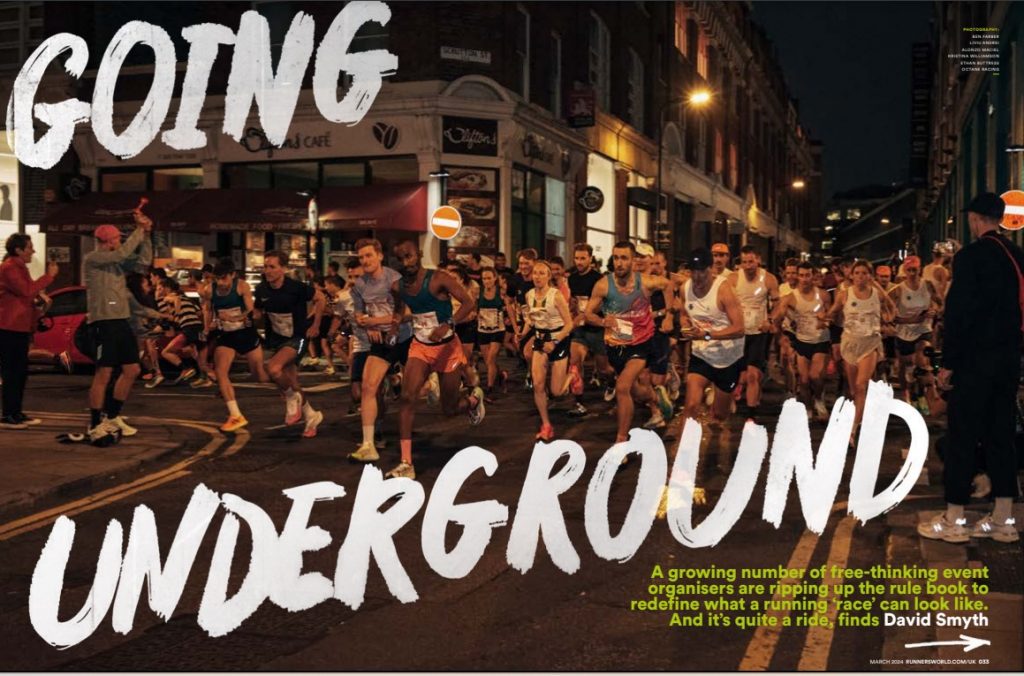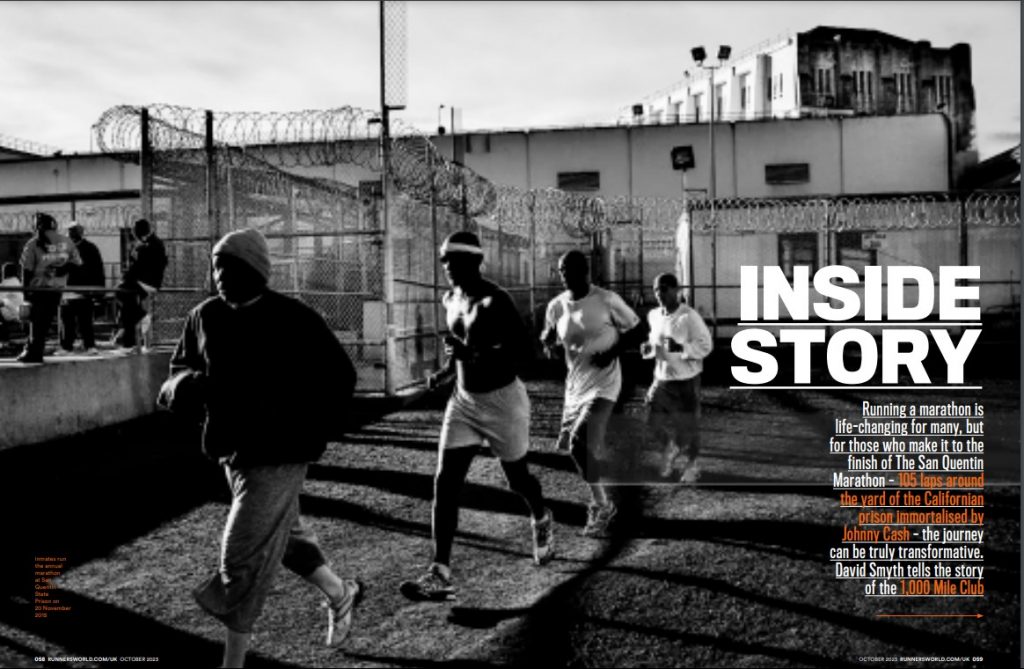The clocks have not stopped in Camden. Pool balls still clatter in the Good Mixer. Primal Scream’s hymn to good times all the time, Loaded, blares out of the Dublin Castle while another young indie band soundchecks loudly in the next room and dreams of a record deal. Amy Winehouse’s still-marvellous hit Rehab drifts from the doorway of Out on the Floor Records while the staff enjoy an end of the day pint out front on Inverness Street.
The borough doesn’t feel like a sadder place since the death on Saturday of its most famous daughter. Rather, this hectic, overwehelmingly colourful realm of dissolution has been raising a glass to a singer who raised more than a few of her own in her 27 years.
It feels strange to be walking some distance away from the action towards Camden Square, the considerably swankier area that, at the top end, is the site of the £1.8 million property where Amy Winehouse’s body was found and where a three-tiered shrine has now developed. She had only lived there since March, having spent time away in Barnet and St Lucia beforehand. It was not long enough for it to feel like home to her and surely not long enough for the space to represent her spirit to the fans who have gathered here to stare down at the flowers and upwards at the closed blinds.
Nevertheless, as shrines go, it’s a pretty handy spot, with a public space directly across the road with room for plenty of fans as well as (always the case at any major event today) the significantly larger number of journalists like me and cameraphone-wielding gawkers.
Three areas are growing here. One is under the street sign already covered in felt tip tributes. Here among the bouquets someone has left a children’s book entitled Be Gentle! A Story About Playing Nicely. A larger space across from the house is centred around a tree which now says “Your breaking my heart, Your tearing it apart! So fuck you,” on paper down its trunk. Here flowers, pictures and poems mingle with empty beer cans, spirit bottles and the odd unsmoked cigarette – a sign that we have not gathered in adoration of a princess.
Right outside the house, where a policeman and a hefty security guard take turns to hustle the nosiest back over the road, are cordoned off tributes, perhaps the ones deemed most special. One large portrait, in which Amy’s famous beehive appears to be made of real hair, is carried from there inside the gate.
We have missed the heartbreaking visit of her father Mitch and mother Janis, who came earlier in the day. Now the mood seems less emotional for most. Some chat about other things. A family shares a Subway picnic. Any music is played on headphones. It’s mostly quiet. “I’m not gonna cry. Amy weren’t one to cry, was she?” says one of her more vocal fans. I’m left feeling that Amy’s Camden is elsewhere and head back down the road to the noise and the grime.
She couldn’t have picked a more appropriate part of London to live to excess. This was the scene of almost all of those grim paparazzi pictures, the place where she met her ex-husband and drug buddy Blake Fielder-Civil. Since the mostly Irish navvies populated it in the 1800s, extreme drinking has happened here on a regular basis. Four pubs were built – the Dublin Castle, the Edinboro Castle, the Windsor Castle and the Pembroke Castle, to give the Irish, Scottish, English and Welsh workers their own spaces and stop them from brawling.
It was soon an area that breathed music and alcohol in conjunction. Here pianos were built at Collard & Collard’s factory near the Regent’s Canal and gin was manufactured at Gilbey’s distillery on Oval Road. The Roundhouse, where Amy made her final appearance on stage, dancing with her singer goddaughter Dionne Bromfield last Wednesday, has been both the site of Pink Floyd happenings and a Gilbey’s Gin warehouse. Today the Camden Crawl festival brings top bands to the area’s endless pubs.
I walk up Parkway, past the Jazz Café where Amy first earned enthusiastic press attention with a gig in early 2004, past Albert Street, the inspiration for that hymn to drunken wastefulness, Withnail and I, to the Dublin Castle. “We had a lot of her fans in on Saturday but it’s been quieter since,” the barman tells me. Those who do make the trip can see, alongside framed tributes from Madness and Travis, a large photo of Amy on which she has written: “Peggy – thanks for letting me behind the bar. I need the tips! Loadsalove Amy. PS I got engaged the night this picture was taken.” She looks supremely confident, striking a pose against a deep red wall.
On to the Good Mixer, where she used to try her hand as a pool hustler but had not been seen for some time, I was told. Amy was a belated addition to the small pub’s legend as the Britpop hangout for Blur, Pulp, Elastica and the rest. She dominates a caricature on the wall of “The Mixer Lads”, also featuring Jarvis Cocker, Pete Doherty and Morrissey. Everyone in here looks as though they’re probably in a band aside from one cobwebby old geezer in the corner, but it’s not too busy as most of Camden knows that the real scene has long since moved on elsewhere. To the Hawley Arms on Castlehaven Road to be exact.
On Camden High Street it becomes obvious how easy it would be for anyone, nevermind a fabulously wealthy musician, to find the illicit substances they require. “Smoke smokey?” I am asked. “No? You a good guy, yeah?”
Outside the Hawley one of the signs simply says “Back to Black…” in chalk. Inside, the place buzzes with enough hipsters to make for a very lively Monday evening. Co-owner Doug sips a beer and tells me about the last time he saw his most famous customer. “She was on the street on her way to that Roundhouse gig last Wednesday, jumped on me and gave me a massive hug. I asked her, ‘Are you okay?’ and she just said ‘Yeah!’ and danced off like Eric Morcambe.”
Amy liked to be in her own room at the Hawley, or behind the bar, and could sometimes be seen standing on a chair to change the music on the stereo. In October last year she played a surprise gig there for the Nordoff Robbins music therapy charity. When it closed after a huge fire in 2008, Amy shouted “Camden Town ain’t burning down!” to confused Americans while accepting one of her five Grammy Awards.
On Saturday most of the Hawley’s regulars were at the music festival The Secret Garden Party. “Otherwise it could have turned into a bit of a wake. Now it’s just getting more and more surreal.” He takes me into the pub’s kitchen and shows me a huge black and white painting of Amy with the lyrics of Back to Black in the background. A few hours earlier, Amy’s manager had come in to give the picture to the Hawley. “What am I supposed to do with that?” he asks me. You don’t like the idea of this place becoming a shrine too? He shakes his head.
Outside, over the road on the wall of Starbucks at Camden Lock, more candles are burning. Overnight a piece of stenciled graffiti has appeared, similar to but not a real Banksy, showing Amy with hair piled high and angel wings. The tattooed girl who lived and breathed Camden has now been tattooed on Camden. And even if the picture vanishes, the mark she has left on this wild inspiring place is indelible.









